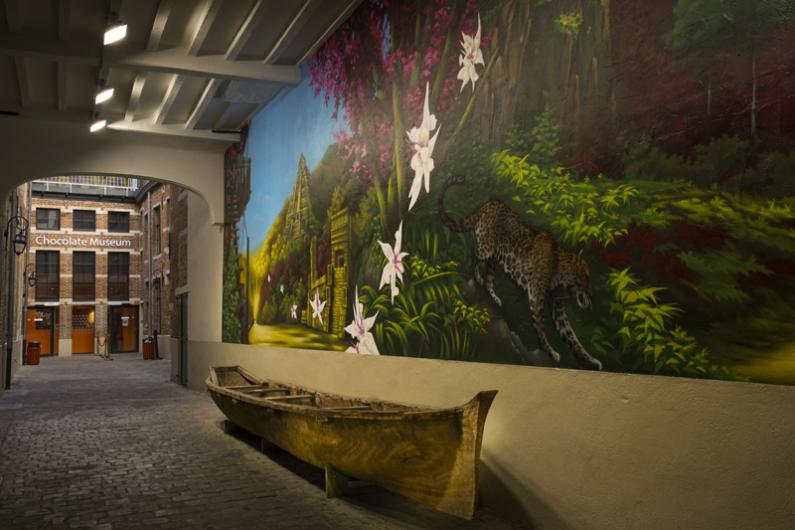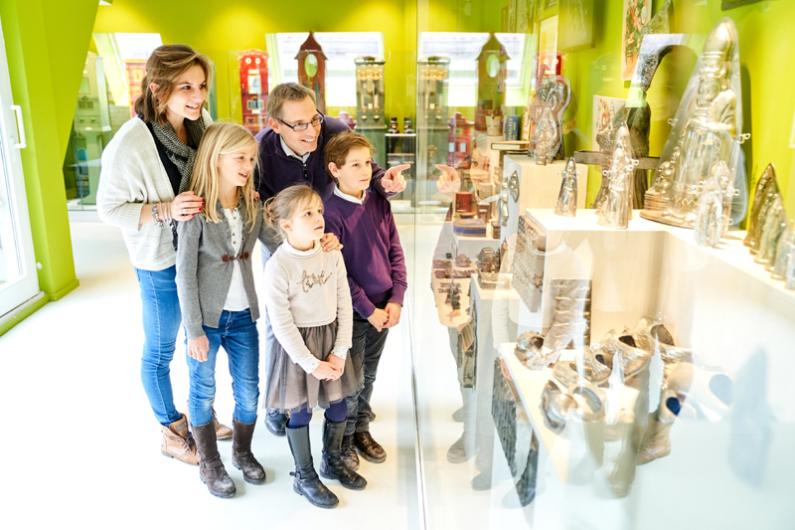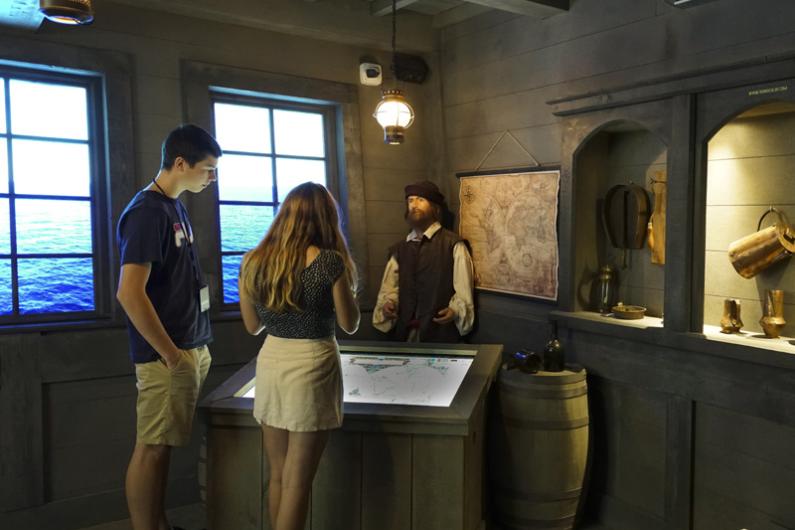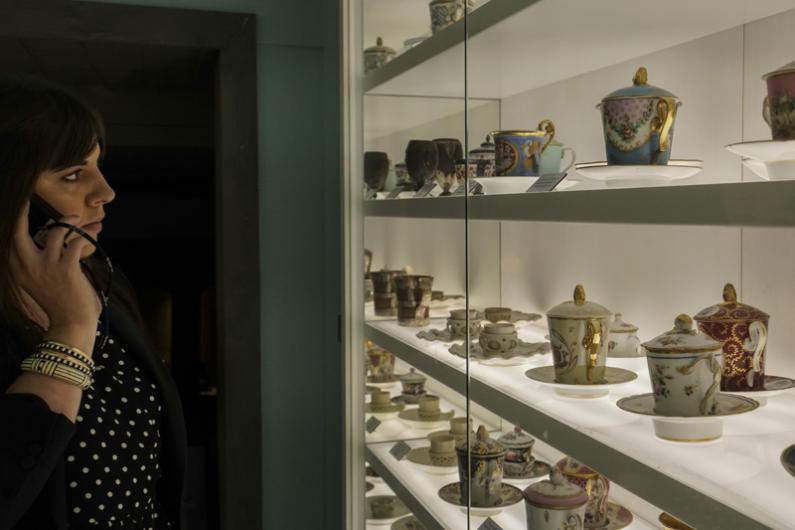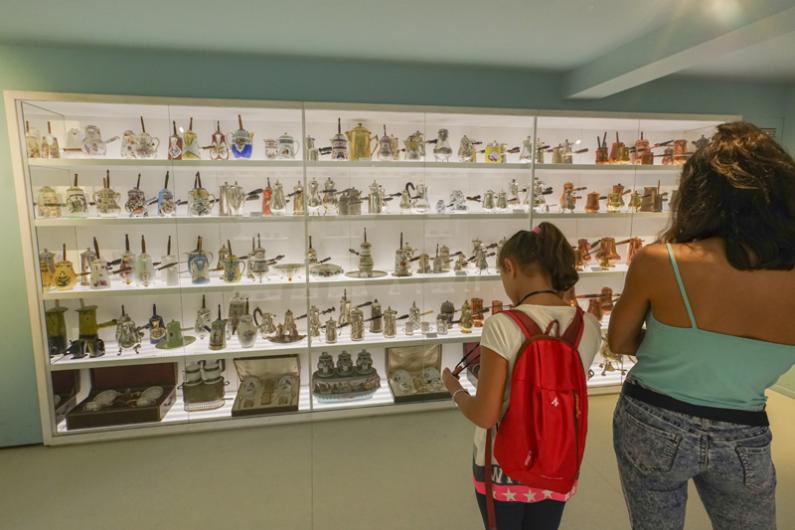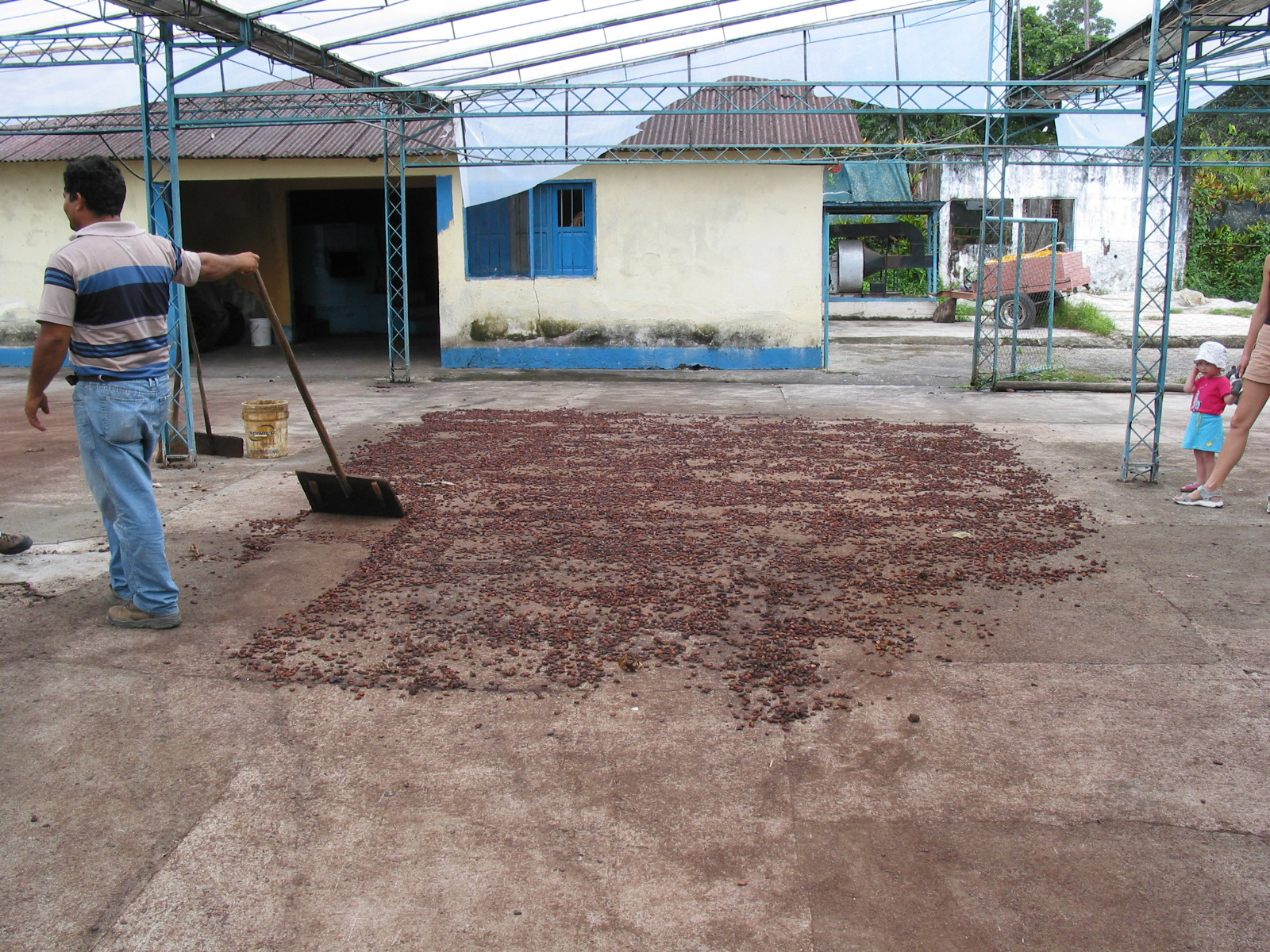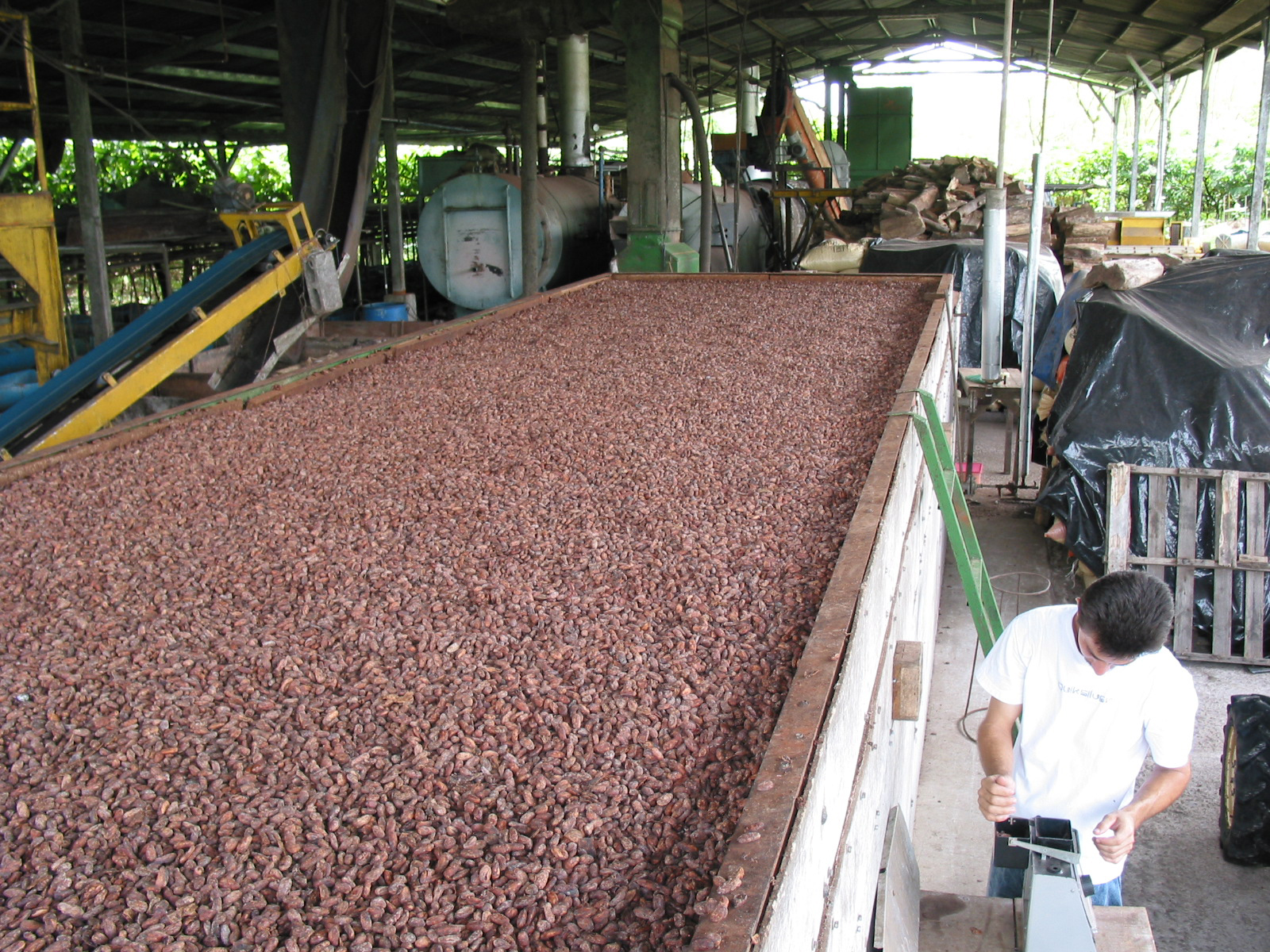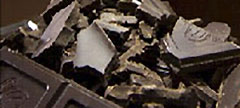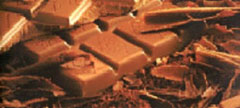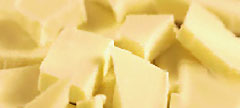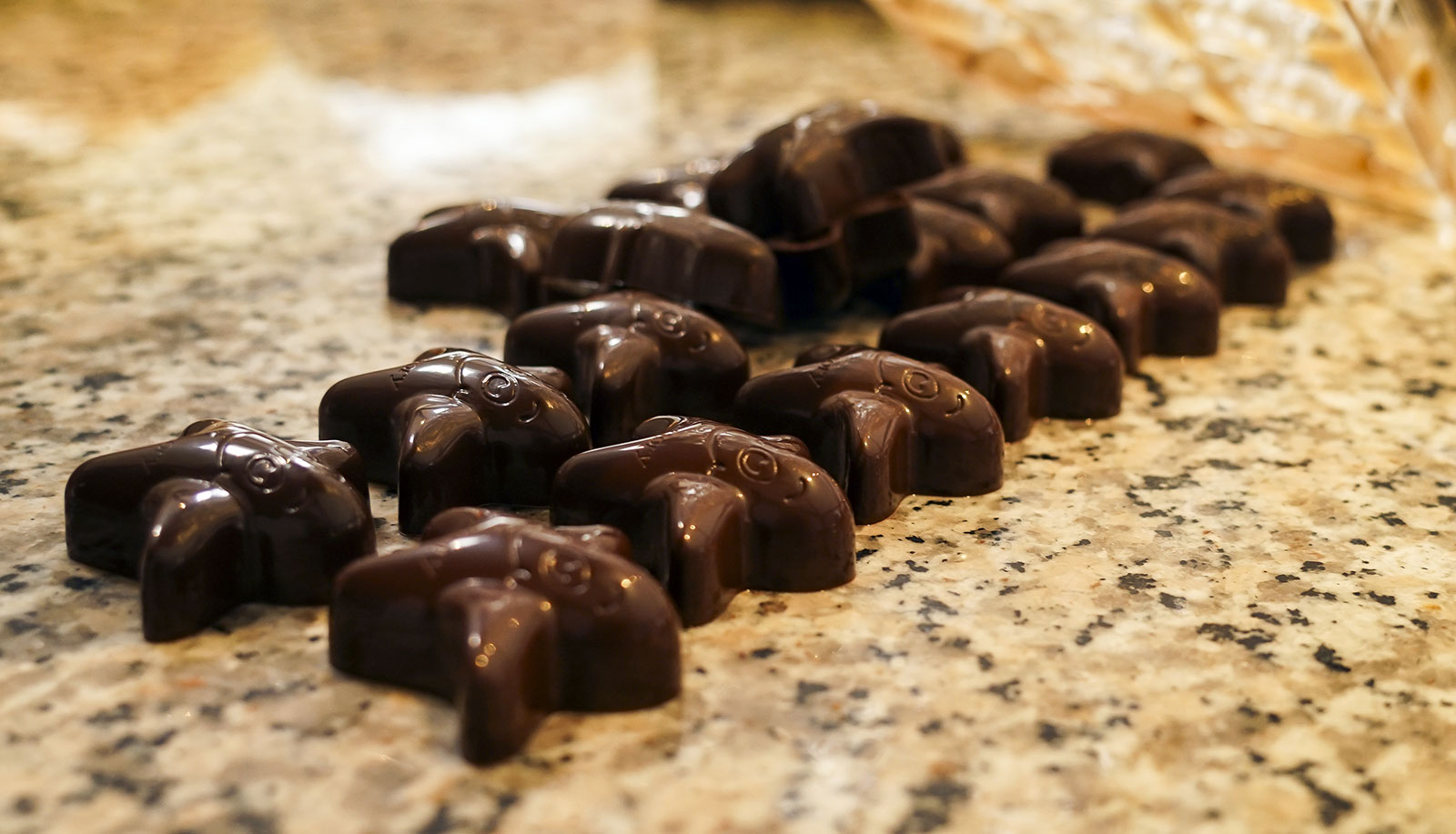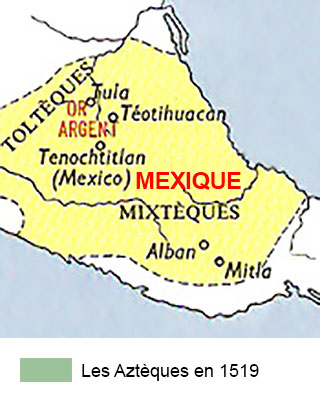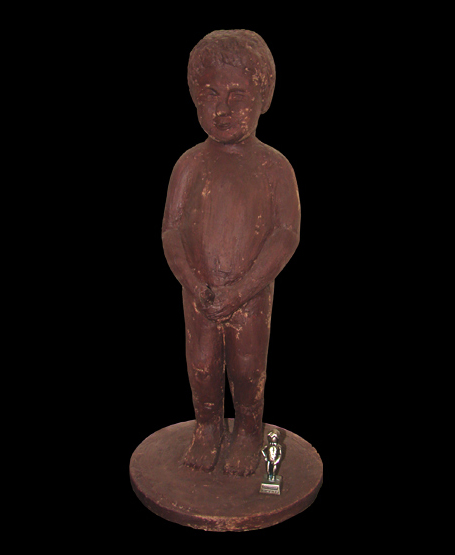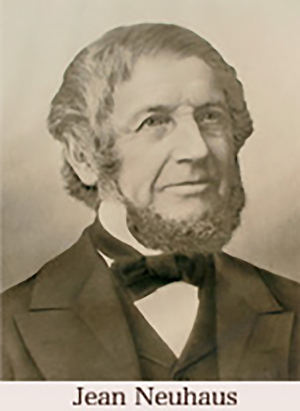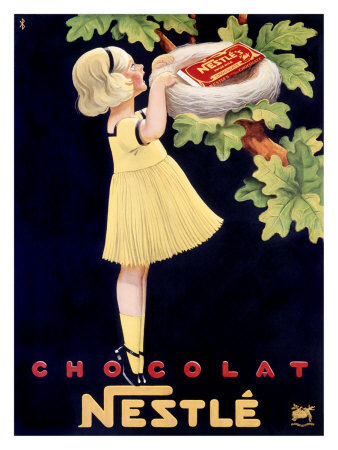1. Cocoa pods and cocoa beans
The fruit of the cocoa tree is the pod. It is oval-shaped and measures between 10 and 25 cm long, 15 cm wide and can weigh up to 750 grams.
The cocoa pod contains pulp in which the cocoa beans are stored. One cocoa pod contains around forty cocoa beans.

Cocoa pod
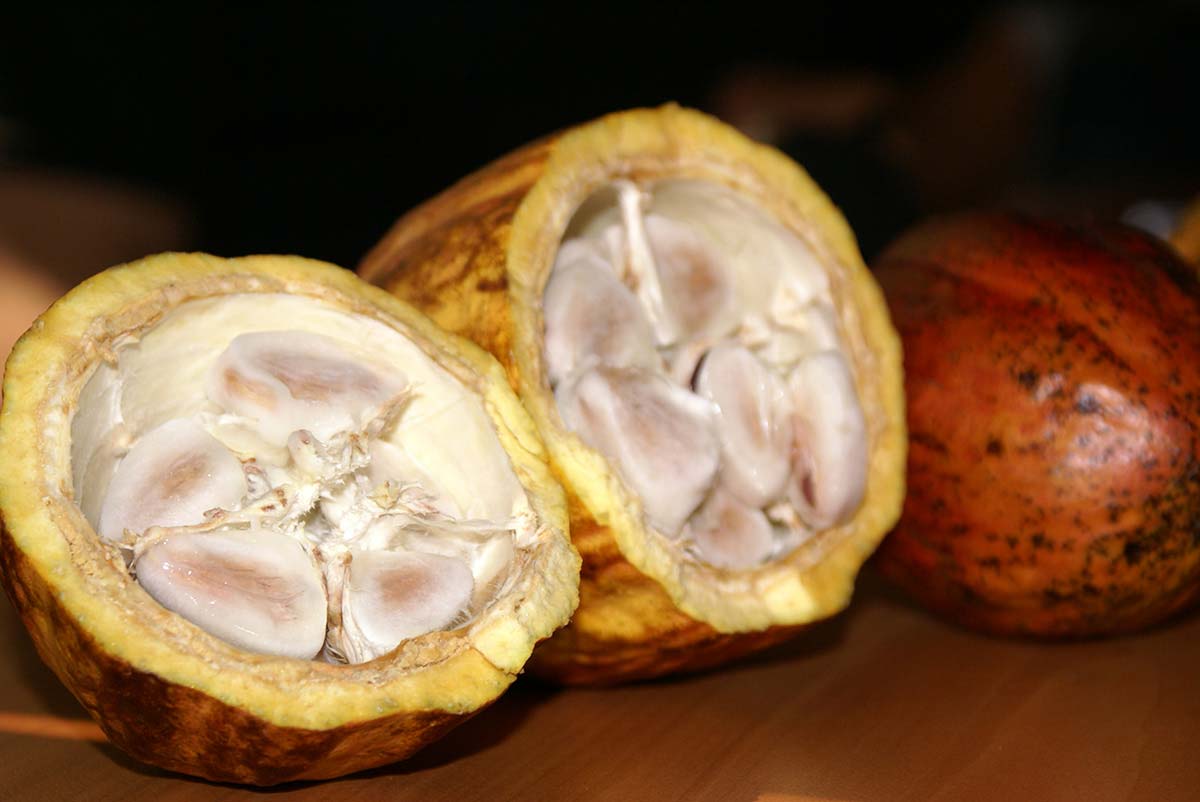
Cocoa beans
2. Fermentation
The beans are heaped in piles on the ground or placed in boxes which are covered with banana leaves. Fermentation takes between two and six days. During this time, the cocoa beans are regularly turned over in order to ensure even fermentation. This is how the beans detach themselves from the pulp and get their specific colour and flavours.

3. Drying
The cocoa beans must be dried before they can be shipped. They are spread out and left to dry in the sun for two weeks. At this stage as well they are regularly turned over.
4. Selection and cleaning
At this stage the cocoa beans are controlled for quality. After a rigorous selection of the best quality beans, they are submitted to a final verification.

5. Roasting
The beans are heated to a temperature of between 120 and 130°C for fifteen to thirty five minutes. During the roasting process, the beans loose about 5 to 15 percent of their initial weight. Roasting enhances the flavor of the beans.
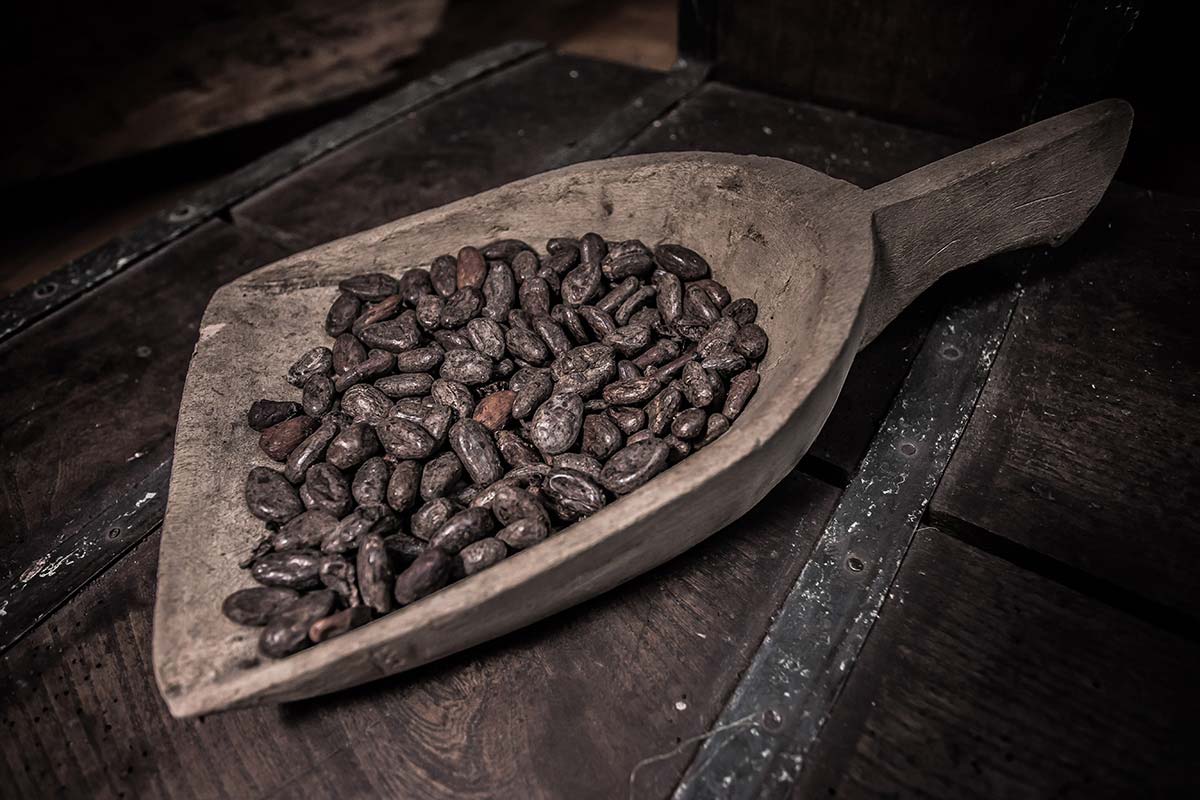
6. From cocoa beans to cocoa paste
Once the beans have been roasted, they are placed in a winnowing machine. This process removes the shells from the beans to leave just the cocoa nibs.
Then beans of different origins are blended together in order to obtain the desired flavours. After all these different stages of transformation, the beans are again submitted to quality control checks where after they will be ground to obtain a compact paste.
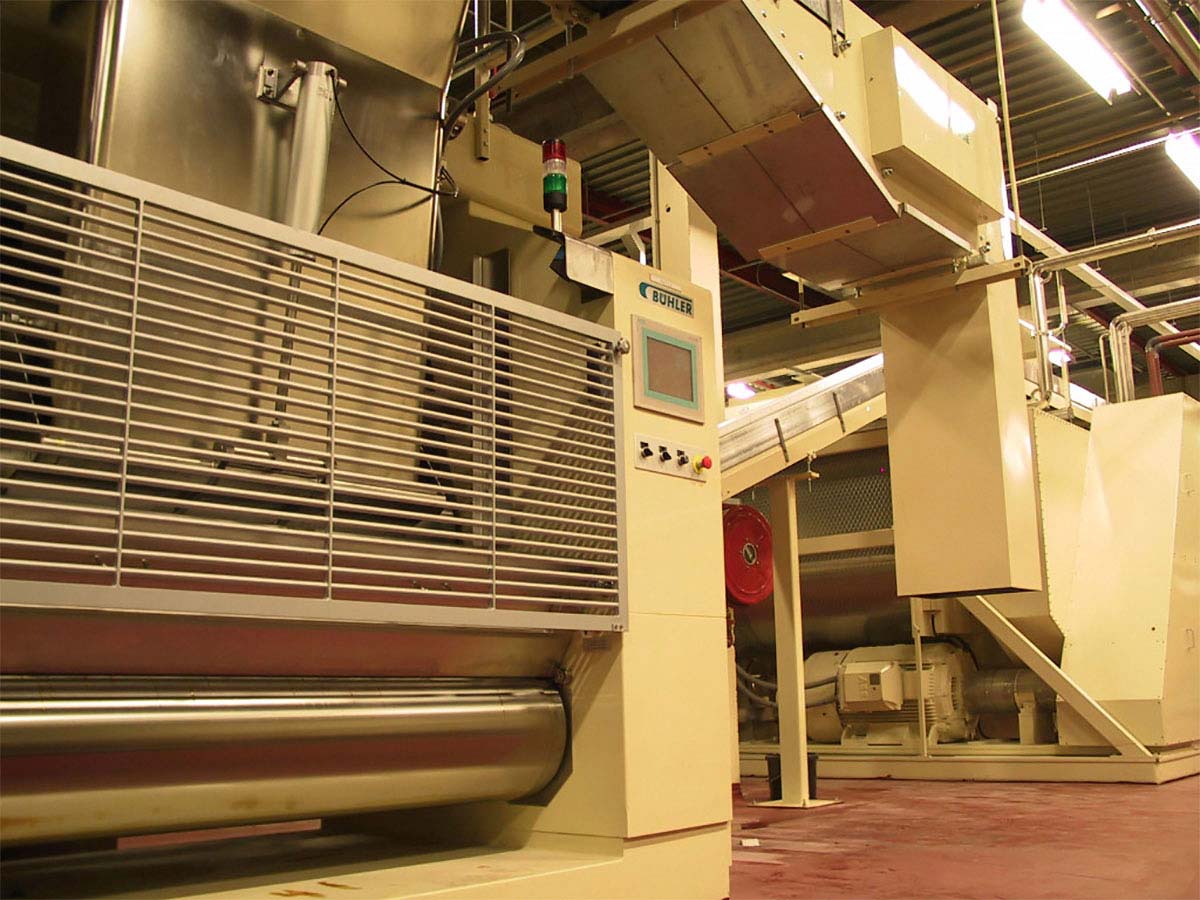
7. From cocoa paste to consumer product
Chocolate is made by adding cocoa butter to cocoa paste, in addition to that which is naturally contained in the beans. This is what makes chocolate crisp and melt in the mouth, which are the characteristic of good quality chocolate.
The technique of conching consists in mixing the paste for several hours. The longer the paste is mixed, the finer and smoother the chocolate, and less bitterness.
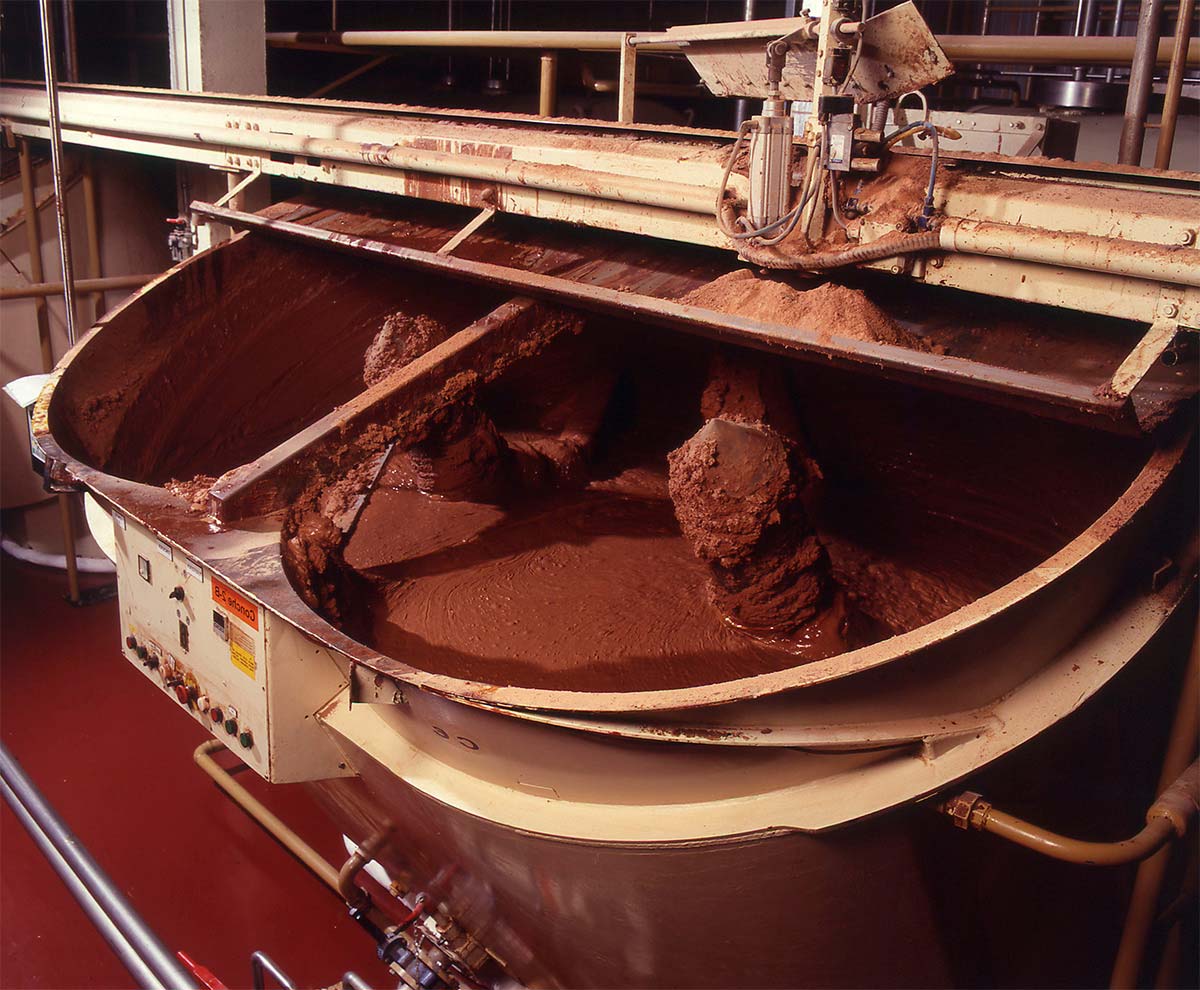
8. The different types of chocolate
- Dark chocolate: contains a minimum 45 % cocoa paste, cocoa butter, sugar, soy lecithin and aroma (usually vanilla).
- Milk chocolate: contains a minimum 35 % cocoa paste, cocoa butter, milk, sugar, soy lecithin and aroma (usually vanilla).
- White chocolate: contains cocoa butter, milk, sugar, soy lecithin and aroma (usually vanilla).
9. Making pralines
Moulding : is where liquid chocolate is poured into the mould. It is left to cool and harden so that it can be filled and then another layer of liquid chocolate is added in order to seal the praline. It is left to harden again, after which the praline is unmoulded and turned over.
Coating : The trimmings are dipped into liquid chocolate or they are passed under a "curtain" of chocolate.
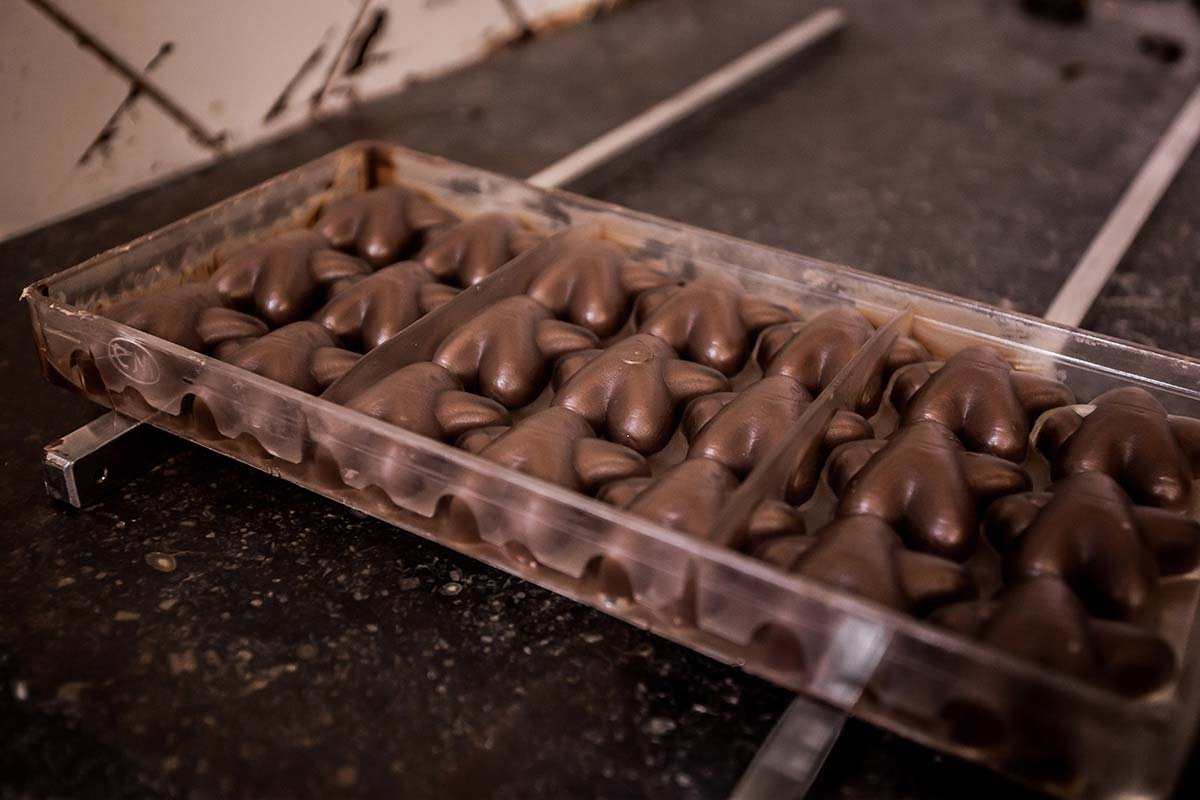
10. The temperature
Temperature plays a very important part in making pralines.
To work with dark chocolate a temperature of around 31-32 degrees is required.
To work with milk chocolate a temperature of around 30 degrees is required.
To work with white chocolate a temperature of around 28 degrees is required.
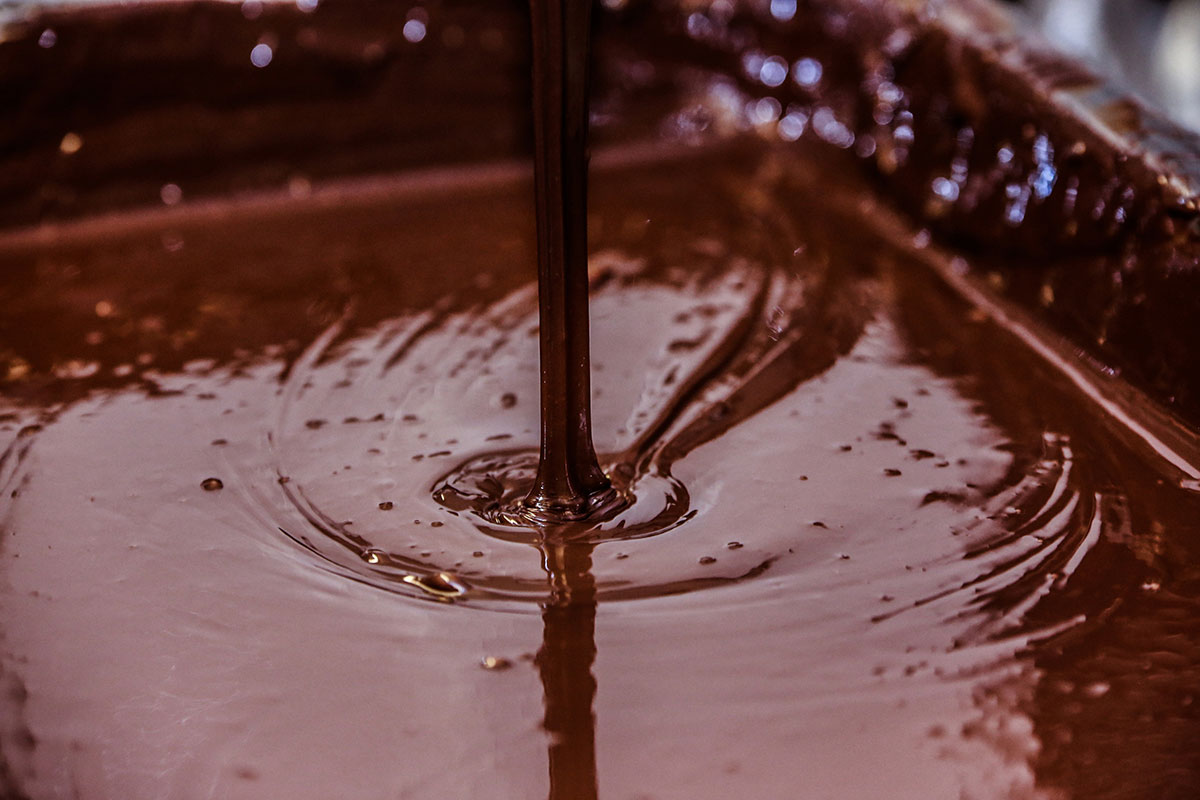
Storage: Chocolate has a limited shelf-life like all other consumer products. Dark chocolate can be kept for up to one year, whereas milk chocolate and white chocolate can only be kept for six months.
Chocolate should be kept in a dry place at a temperature of between 15 and 18°C.
